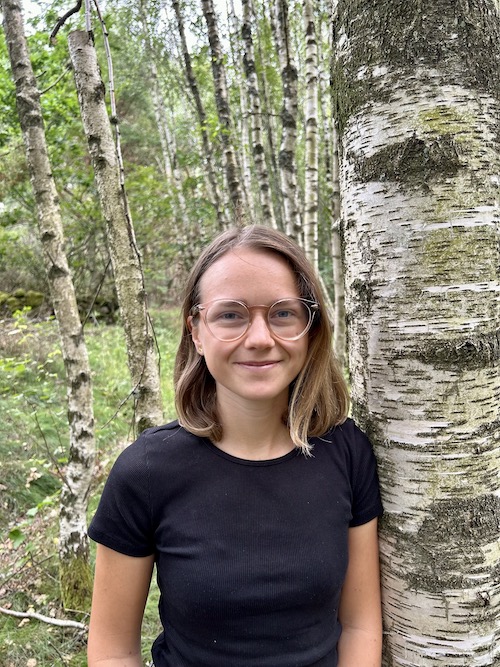Date
- 2023 Oct 06
- Expired!
Time
- 10:00
Location
Presenter

Anna Hjorth
More Info
Defence of doctoral thesis: Anna Hjorth – Filtration of Microcrystalline and Microfibrillated Cellulose: The impact of ions and electric field
Chalmers
The defense is taking place at Chalmers and is possible to follow via Zoom.
Opponent: Associate Professor Morten Lykkegaard Christensen, Aalborg University, Denmark
Supervisor: Professor Hans Theliander
Abstract:
Dewatering plays an essential role in the processing of microcrystalline cellulose (MCC) and microfibrillated cellulose (MFC), as their commercial attractiveness in many applications is limited by the high water content of the products. Filtration is the most common mechanical dewatering technique, but the filtration of these materials results in filter cakes with high filtration resistance. Therefore, the process needs to be modified to make a viable option; this thesis presents two types of such modifications.
In one study, the electrostatic repulsive interactions between MCC particles were altered by the addition of NaCl (0.1-1.0 g/L) during dead-end filtration. The addition of ions resulted in the agglomeration of MCC, which was confirmed by focused beam reflectance measurements, and a reduction in the average as well as local filtration resistance.
Electro-assisted filtration, in which an electric field is applied across part of the filter chamber, was used to dewater two types of MFC: one produced via 2,2,6,6-tetramethylpiperidinyl-1-oxyl (TEMPO)-mediated oxidation of dissolving pulp and one commercially available. Regardless of the MFC type, a clear improvement in the dewatering rate was observed when pressure and electric field were combined. This was also observed with molecular dynamic (MD) simulations, which related it to the electro-osmotic flow of water and the electrophoresis of the negatively charged MFC towards the anode.
Filter cakes with a channelled structure were formed, which may have contributed to the accelerated dewatering rate. This structure was especially pronounced for the TEMPO-oxidised MFC, and it was found that the microfibrils were partially oriented in the direction of the electric field by studying the structures using X-ray scattering and scanning electron microscopy.
After dewatering, a slight reduction in the water retention value and viscoelastic properties of the MFC was observed. This may be attributed to a reduction in the total surface area, plausibly due to aggregation of the microfibrils and/or reshaping of the microfibrils/fibril bundles.
Full thesis: https://research.chalmers.se/publication/537305/file/537305_Fulltext.pdf

